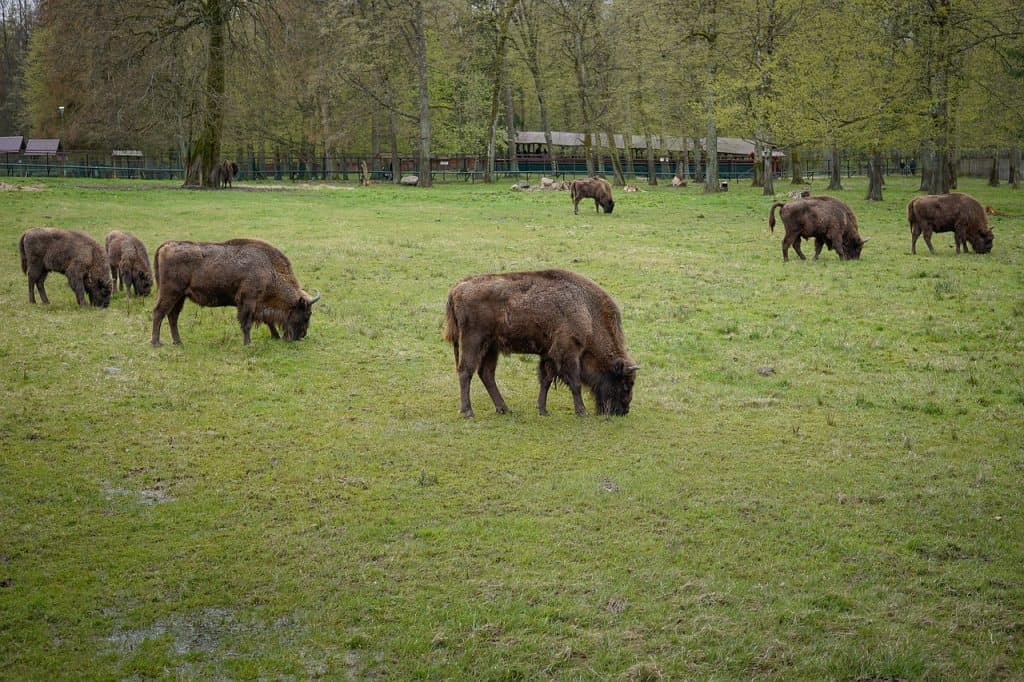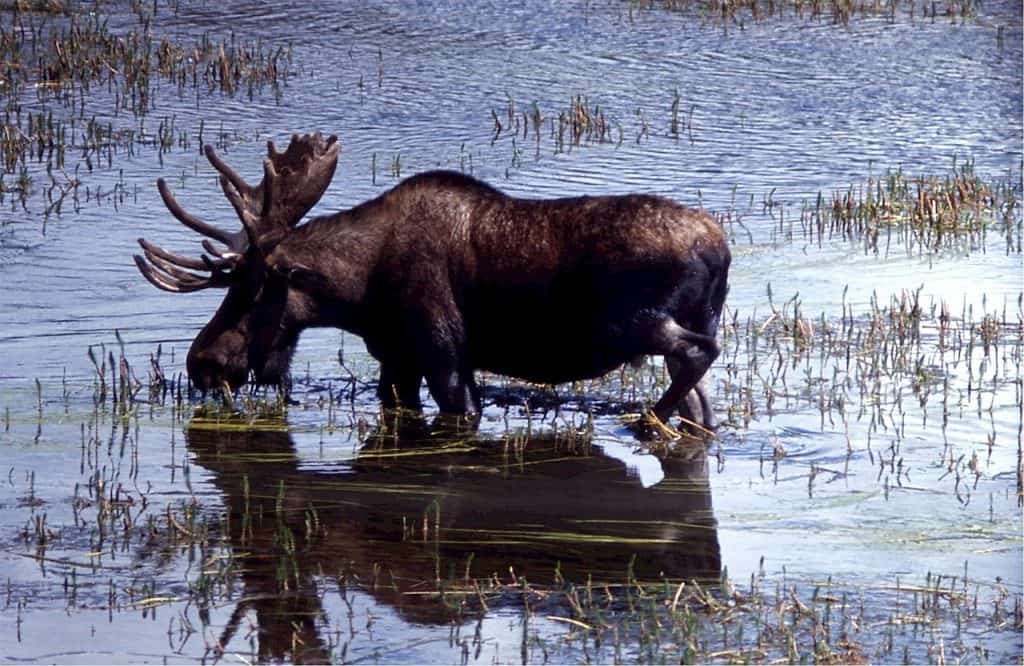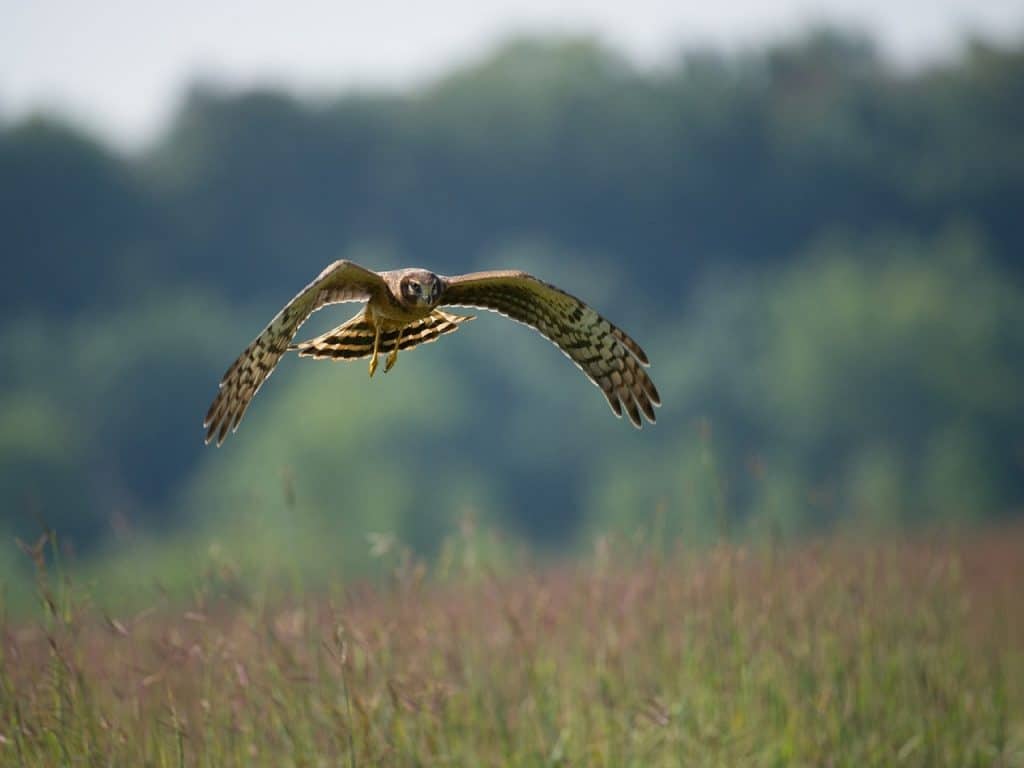The Kazimierski Landscape Park was created to protect the loess landscape of parts of the Nałęczów Plateau, the Vistula Valley and to preserve the sites of steppe vegetation and bird breeding sites.
Kazimierski Landscape Park is the oldest landscape park in the Lublin Province. It was created in 1979 to protect the unique natural, cultural and landscape values of Kazimierz, Nałęczów and Puławy. The creation of the landscape park has crowned many years of efforts of scientists and explorers.
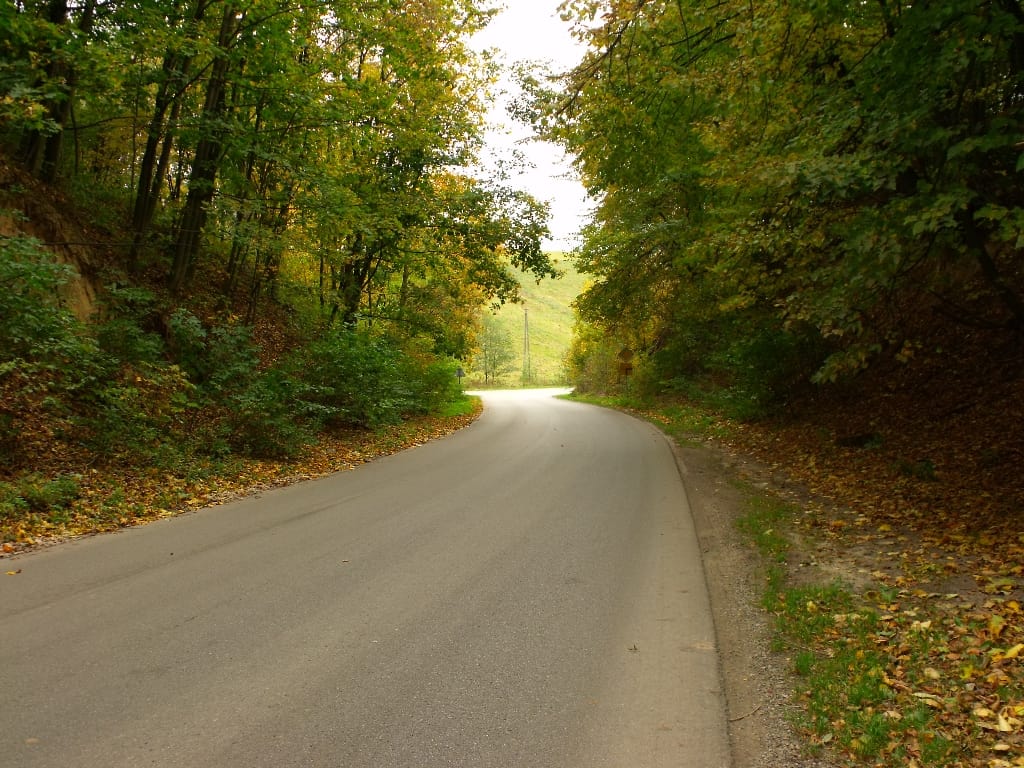
The geological structure of the Park is extremely interesting. Its base is made of limestone rocks formed in a warm, shallow sea during the Cretaceous period. Dead sea animals falling to the bottom underwent changes. We can still find traces of life from this period in quarries in the Park, in the form of preserved fragments of organisms or their sections. The park’s landscape was also affected by glaciation, and above all by large amounts of loess dust brought by the wind, which sometimes forms a cover over 30 meters thick. Extremely susceptible to blurring, loess haughty were cut by countless ravines.
In the Nałęczowski Plateau, i.e. in the loess part of the Park devoid of major forest complexes, the process of landscape transformation continues and is one of its most characteristic features. The gorge network has reached a record density of 11 km / km2 in the western part of the plateau. The most attractive forms of erosion are deep, steep-walled ravines and anthropogenic forms – deep-water basins, which were created by the gradual deepening of dirt roads. The sculpture of the Bełżyce Plain is much more monotonous, and the landscape is enlivened only by sand dunes, often overgrown with pine stands. The most prominent feature of the landscape is the steep edge with a tectonic origin over 90 m high. It has extensive views of the completely flat Chodel Basin. The Małopolska gorge of the Vistula has special landscape values. On the Podgórz – Janowiec line the Vistula valley narrows into a steep-walled “canyon” with a width of just over 1 km. The right loess slope of the valley rises to 90 meters above the river level, the left loess without loess is lower, but equally steep. The Vistula has kept the characteristics of a large, wild river on this section.
Cultural heritage
The center of the Park is occupied by the town of Kazimierz Dolny, recognized together with the surrounding landscape as a historic complex of international importance and as a Monument of History. Visitors to this town have always appreciated the unique values of the local landscape contained in the unique connections of natural, historical and cultural elements that have been functioning here for centuries despite losses related to wars, natural disasters and civilization effects. The special atmosphere and mood are closed not only in the market square and the arcades of the houses, but also in the picturesque streets connecting with the gorges or boulevards opening wide to the panorama of the Vistula valley and in the monumental buildings of the Renaissance temples, majestic castle walls and three crosses towering over the city.
On the one hand, rich burghers such as: Przybyłów (tenements in the market square), Czarnotowie, Górscy, Berensowie and others, on the other hand, on the other hand, artistic patronage of the owners and owners of the areas of today’s land park, i.e. the Firlej family (castles in Kazimierz, Janowiec and Wąwolnica, fortified manor in Bronowice), Lubomirski, Opaliński, Czartoryski (Końskowola, Parchatka, Pożóg, Puławy, Kazimierz, Wąwolnica), Sanguszków (Kazimierz, Wąwolnica), Małachowskich Kazimierz, Nałęczów, Wąwolnica) and many, many others. The greatest period of prosperity, in which the town’s urban layout was formed, and monumental public buildings and stylish granaries were created, falls on the century from the mid-16th century to the mid-17th century.
The golden age of the development of Kazimierz and its surroundings was interrupted by the Swedish wars (1656), during which the castles in Bochotnica, Janowiec, Kazimierz and Wąwolnica were ruined. Fires and epidemics also completed the disasters. The change in the course of the Vistula River and its departure from the granary line located along the suburbs of Bochotnicki and Krakowski decided about the collapse of trade in Kazimierz and taking it over by developing Puławy. Then came the period of destruction and ruin, and at the same time from the end of the 18th century the beginning of fascination with this area.
The most valuable of Kazimierz’s monuments are: the ruins of the castle of Casimir the Great, exposed in the landscape, the parish church from the 16th century, the monastery complex of the Fathers. Reformed Franciscans from the second half of the 17th century, Renaissance tenement houses of Celej and Przybyłów and a group of granaries from the 16th-17th century. In addition to Kazimierz, noteworthy are: the Firlejów castle (16th century) and the historic urban layout with a four-sided market square and church in Janowiec, the Baroque-Classicist (18th century) church in Góra Puławska, the late Baroque Małachowski Palace in Nałęczów, the 18th and 19th century sanatorium buildings in Nałęczów, palace and park complexes in Celejów, Kęble, Czesławice, manor and park complexes in Wyląg, Drzewce, Karczmiska and Antopol, as well as monuments of rural wooden construction in Męćmierz and Rogów and the open-air museum in Janowiec.
Fauna
The diversity of habitats characterizing the Kazimierski Landscape Park creates conditions for the occurrence of a very rich fauna. Of particular interest are insect species associated with xerothermic grasslands. Two species of bedbugs and one butterfly (orion blue tit) are endemic occurring only in the vicinity of Kazimierz.
Birds associated with the Vistula River Valley have long been of particular interest to scientists. The unregulated, large river (the last river with such features in Europe) enables the nesting and feeding of a huge number of bird species associated with water and wetland habitats. Birds inhabit here sandy and grassy islands, shallows and aquatic thickets – environments irreversibly damaged elsewhere as a result of river regulation.
The most interesting birds include: river and white-fronted tern, common plover and ringed plover, common gull, black-headed and white-headed gull. The nesting of an oystercatcher, not found in this part of Poland, is found on the Cow Island, which is today under the protection of a reserve near Miećmierz. The Vistula River, apart from being able to survive many rare species of avifauna, is in this part of Europe the main ecological corridor enabling migration of birds in the meridional direction.
Of the small mammals found in the Park, bats are the most interesting. As many as a dozen or so species of these very nice animals have been identified here, although in the folk tradition of undeservedly famous animals. They include, among others: big baby, Bechstein baby, Brandt’s baby, Common Boletus, Greater Bats, Gray Bats and Boletus. It is also worth mentioning the herb mouse, nutella and whitish tooth. The lack of larger forest complexes means that there are no large mammals associated with forest ecosystems in the Park. However, there are species living on the borders of fields and forests, for example: deer, wild boars, hares, foxes.
Flora
Due to the quite large variety of terrain in the Kazimierski Landscape Park there is a variety of vegetation: water, rush, peat bog, meadow, forest, grassland and synanthropic. The main floristic values of the Park are associated with thermophilic vegetation of limestone and loess slopes in the Vistula and Bystra valleys, which are part of xerothermic grasslands. We can find here many rare and protected plants, among others: dwarf cherries, honeysuckle-bore, clematis, common leaved, wolfdog, aster, chaff, common anemone, large-flowered anemone, spring mallow, Stipa vulgaris, bitterness, steppe serpent golden, oman narrow-leaved, leafless iris.
Xerothermic grasslands are an excellent habitat for many insects. Butterfly – orion blue tit and two species of bedbugs are found here endemics living only in the vicinity of Kazimierz. In turn, the wild valley of the Vistula, and above all the sandbanks and islands are the ideal breeding grounds for birds.
There are no larger forest complexes in the loess part of the Park. Forests, or rather large surface trees, create here multi-species, multi-age deciduous stands. Larger forest areas occur on the Bełżyce Plain and Radom Plain. Due to poorer habitats, these are mainly pine forests with an admixture of deciduous species. The very fertile Chodelska Basin is almost completely devoid of forests.
Due to the embankment of the Vistula and the expansion of agriculture, the once widespread alluvial forests disappeared. The last fragment of the riverbank that survived in the Puławy area was surrounded by reserve protection. However, he also lost its original features undergoing the process of hailing associated with the drying of the habitat.
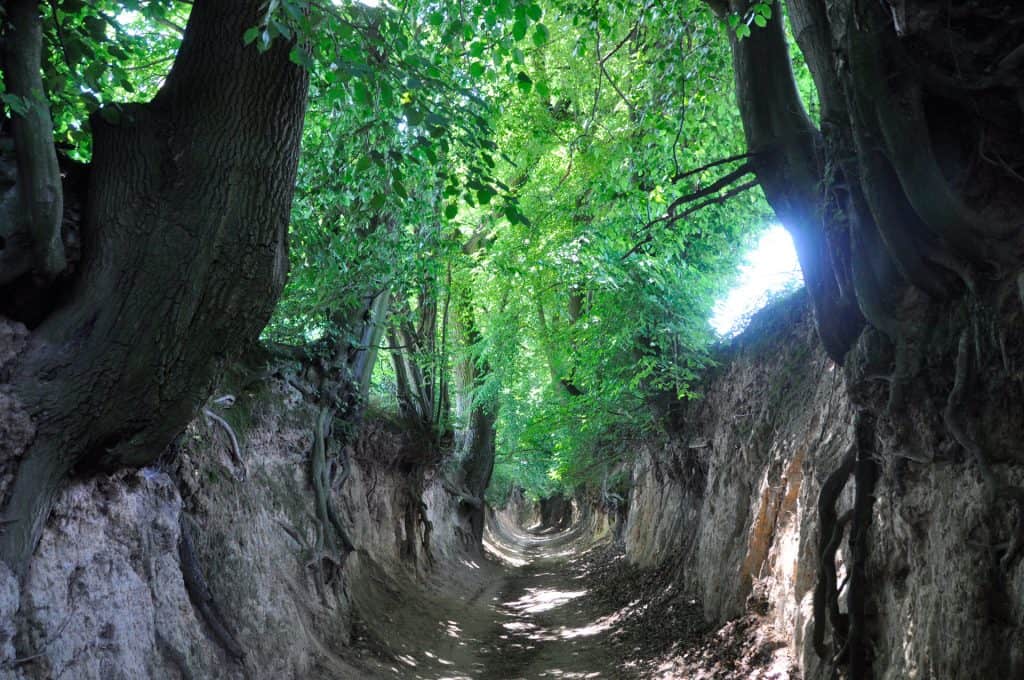
Tourism
Six marked hiking trails run through the Kazimierski Landscape Park: the blue Annopol Vistula Trail – Dęblin, the red trail Kazimierz Dolny – Lublin, the green trail named after Wincentego Pola Janowiec – Puławy, the black Guerrilla Trail Puławy – Parchatka, the blue trail Rąblów – Markuszów, the blue route Janowiec – Czarnolas – Garbatka.
You can also move around the Kazimierski Landscape Park using marked Nordic Walking routes, bike and horse trails, as well as thematic routes, such as: The trail of water mills of the Bystra River, The Trail of Museums, The Trail of Historic Churches, The Literary Trail, The Trail of Tastes of Less Lands. You can take part in canoeing trips along the Vistula and Chodelka rivers or a cruise on the Vistula river.
An attraction, but also a convenience, for tourists are two ferry crossings across the Vistula: in Kazimierz Dolny and Bochotnica. During the winter season, there are also three ski lifts in the Park (Kazimierz, Parchatka, Rąblów), and several horse riding centers all year round (Łąki near Nałęczów, Wylągi near Kazimierz Dolny, Oblasy).
The accommodation base is very well developed and adapted to the various requirements and needs of tourists. It focuses in four centers: Kazimierz Dolny, Nałęczów, Janowiec and Puławy. Tourists have at their disposal hotels, resorts, guest houses, youth hostels, private accommodation, campsites and sanatoriums (Nałęczów). The accommodation also offers agritourism lodgings, which are more evenly distributed throughout the Park, e.g. in Celejów, Oblasach, Wojszyn, Rąblów, Wąwolnica, Kęble, Łąki, Uściąż, Bochotnica, Rzeczyca, Parchatka, Jeziorszczyzna.
The gastronomic base has a rich offer, diversified in price and is connected with location to accommodation facilities and places attractive for tourists.
The article comes from the website http://parki.lubelskie.pl/
